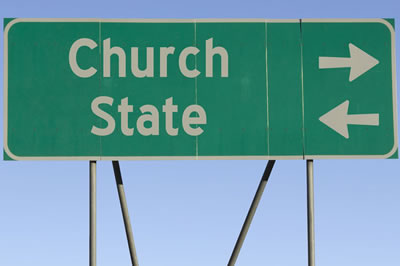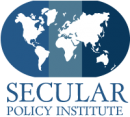 A plot that visually charts the sociopolitical positions of differing religions and irreligion in the US is available here.
A plot that visually charts the sociopolitical positions of differing religions and irreligion in the US is available here.
The data is from a Pew Religious Landscape Survey.   Also indicated is the relative size of religions by the dimensions of their circles. Those are not entirely accurate because, as the SPI Demographic Guide will detail, the most technically sound polls find that America is a lot more atheistic than most realize.
The illustration┬ámeasures differing levels of support for smaller versus larger government, and┬áless versus more involvement in protecting ÔÇ£morality.ÔÇØ The latter is┬átechnically and socially problematic in that it would be more accurately┬ácharacterized as protecting conservative social mores, the morality of which are┬áquestionable. That said, the biggest single church in the nation, the Catholics,┬áare right in the middle. That is interesting in that the CC seems to be┬áconservative in terms of patriarchy and reproductive rights, while progressive in┬áeconomics, although Rome opposes outright socialism, the hybrid Euro Model┬ábeing their preferred system.
The most conservative sects socially, politically and economically are of course evangelical, creationist, and often fundamentalist Protestant sects including southern Baptists. Also there are the Mormons who, far from being fundamentalists, can be considered Christian
inspired rather than true Christians that believe in the classic divine Holy Trinity.
The plot does not include religions that are as liberal as the┬áconservatives are conservative. This is suspicious, and it is possible that the Pew┬ásurveys are not producing entirely reliable results. Economically liberal┬áwhile morally conservative are some evangelicals, Baptists and Muslims.┬áEconomically conservative while morally liberal are Methodists, Lutherans,┬áAnglicans. This too does not raise confidence in the results in that these entities┬áare not as economically right wing as fundamentalists et al. It is not┬ásurprising that Jews are socially very liberal, the chart has them as┬áeconomically moderate. Atheists are of course liberal socially, and moderate┬áprogressive ÔÇô this reflects a combination of a progressive majority and a substantial┬álibertarian minority. ÔÇ£Agnostics,ÔÇØ that are really marginal atheists, are┬ásimilarly culturally liberal but much more right in economic terms on the┬áchart.
